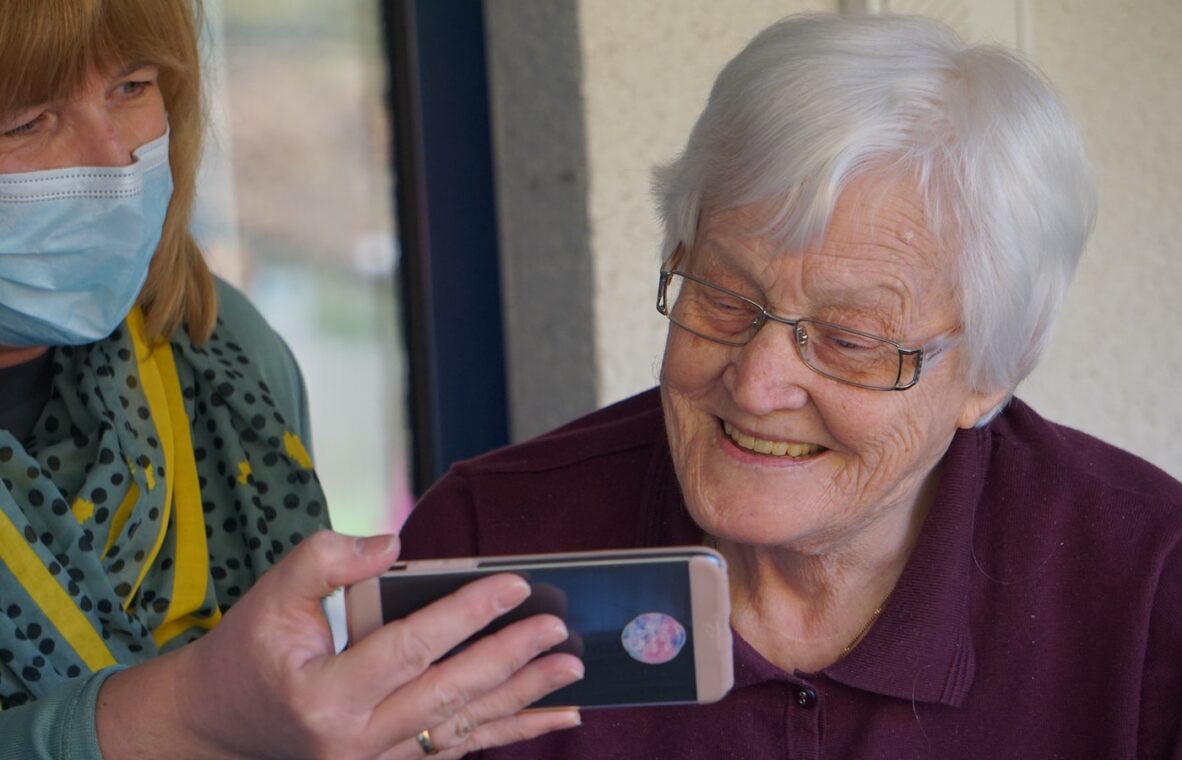Your marketing efforts have brought you new inquiries – most likely through a digital channel. As you begin to nurture prospects, connecting and communicating with them through their preferred channel is an important part of the engagement and sales process. While senior living Customer Relationship Management software (CRM) allows you to organize, prioritize and manage prospects, a great CRM includes embedded email and text messaging capabilities for a seamless flow of communication in one platform – based on the prospect preferences.
Boost Productivity
CRM software is a powerful lead management and sales performance tool. With embedded text and email as part of your CRM platform, senior living communities can bring communications together with prospect information in a single system to improve the prospect experience, boost productivity and streamline the sales process.
Jumping out of one system to communicate via email and text can be a drag on timely interaction and a major blow to necessary recordkeeping. Keeping channels siloed in different apps means jumping between those apps to contact prospects, and then going back into the CRM to log interactions, which is highly inefficient. However, with embedded text and email, staff can easily access prospect data and send texts and emails within one system, and all notifications and conversations are automatically logged as they happen.
Improve the Customer Experience
By integrating text and email with your CRM platform, it’s easier to deliver great customer experiences and keep the sales process moving. A senior living CRM platform with embedded text and email makes communicating with prospects seamless and fast and provides staff all the information they need about a prospect, including details about every interaction at their fingertips.
This centralization of communication channels is especially helpful when customers prefer different modes of keeping in touch, and each mode has its own benefits. Text messages have a higher open rate than email and are a great way to get quick responses because the cut through the clutter. Text can be a great way to quickly schedule a time for a tour. Emails are great for providing more detailed information. Of course, phone conversations may be preferred by seniors who desire a more connected experience and have questions and details that they prefer to discuss in real-time.
Multiple channels of communication provide flexibility and often improve the speed of the sales process. For example, a quick text is a great way to let a prospect know that you’ve sent them an email with more in-depth information, such as pricing and service plans. Having access to all the prospect’s information and the various ways to reach them located in one spot makes it simple.
Prompt and easy communication is key during the prospect conversion process. The time it takes to answer calls or track emails and text messages across different apps could mean the difference between making a sale and losing it to a competitor with faster responses.
Sales performance relies on effective interaction, and a feature-rich CRM with embedded email and text messaging puts all the necessary tools to nurture and convert prospects in one place.
To find your senior living CRM platform and add text and email to your sales strategy, contact us for a free demo.






